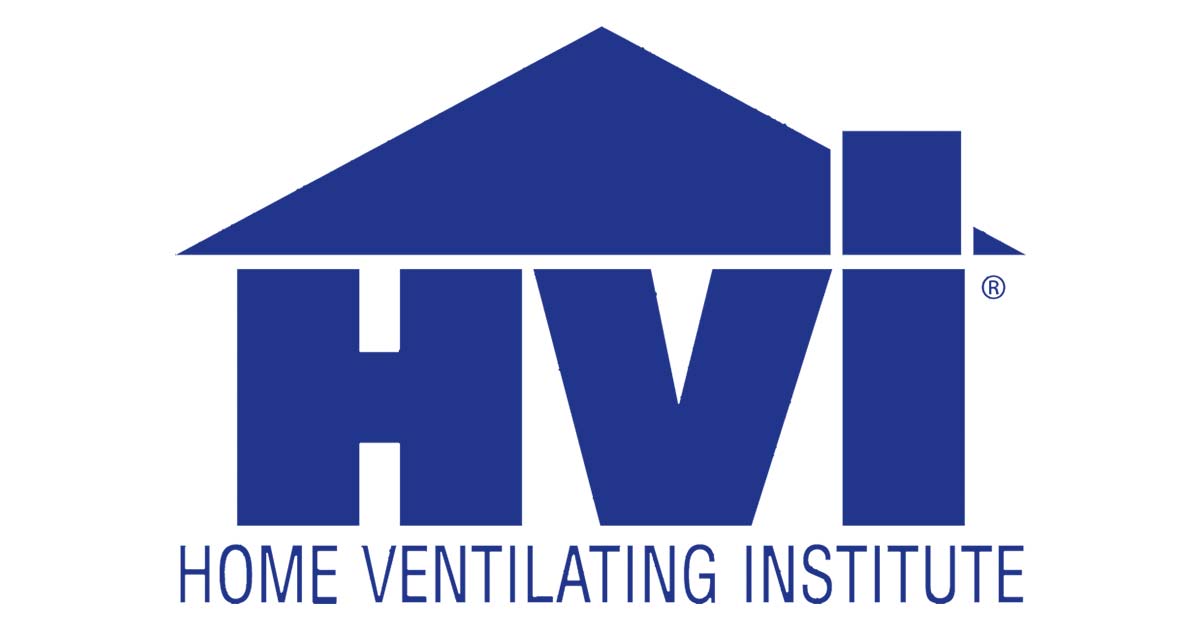I may have a dilemma. When I designed my house, I didn't think about a fresh air intake for my wood stove. My focus at the time was to place the stove so it would be centrally located for even heat distribution. Due to this, it is not anywhere near an exterior wall that I could add a vent through.
The back of the stove will be against a solid masonry wall that is only a few inches wider than the stove is. However, that short wall is isolated from any other walls. In other words, I'll be able to walk all around my stove. I can not bring a vent from under the floor being that my floor is a concrete slab on grade.
I'm worried that the inspector won't pass the final inspection now. No one said anything during the plans review. But, the reviewers stamp all plans they review with a statement saying they can't catch everything and that it is the builders responsibility to build to code.
I'm not clear on the code. Maybe I'm worried for nothing. If code requires a vent though, what am I to do??
The back of the stove will be against a solid masonry wall that is only a few inches wider than the stove is. However, that short wall is isolated from any other walls. In other words, I'll be able to walk all around my stove. I can not bring a vent from under the floor being that my floor is a concrete slab on grade.
I'm worried that the inspector won't pass the final inspection now. No one said anything during the plans review. But, the reviewers stamp all plans they review with a statement saying they can't catch everything and that it is the builders responsibility to build to code.
I'm not clear on the code. Maybe I'm worried for nothing. If code requires a vent though, what am I to do??
Last edited:


